The Beginnings of Lazare Gallery
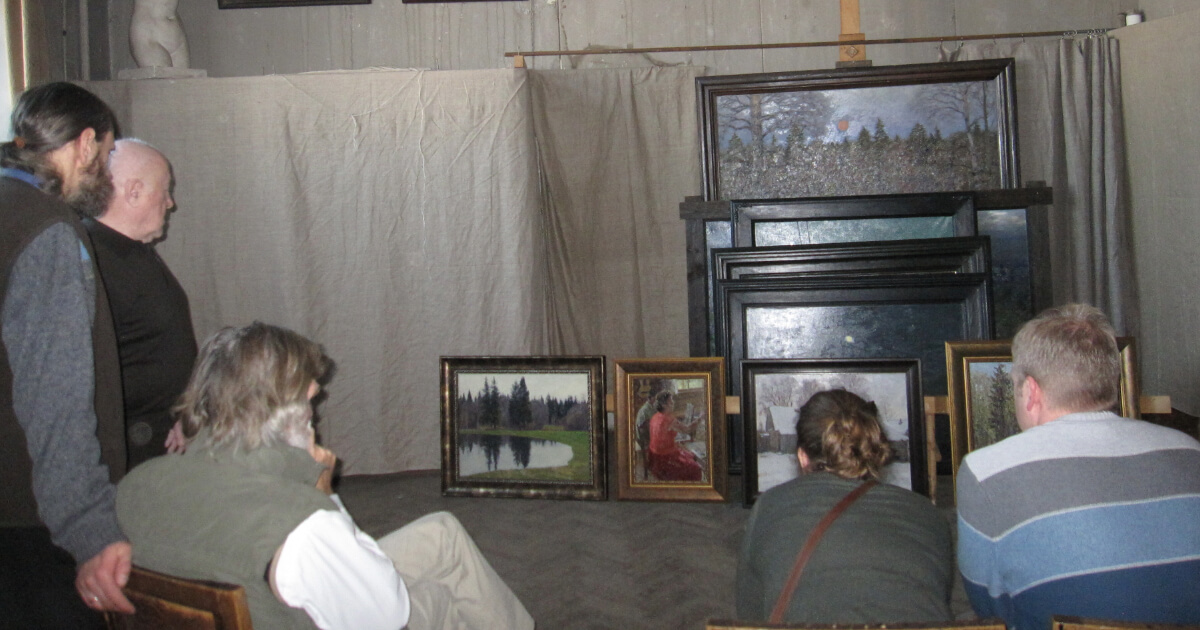
The story of Lazare Gallery begins not in a showroom, but with a family’s quest for a lost artistic tradition. It was a path created by a quest for beauty and a profound appreciation for a tradition of painting that had its roots in the West but had since been replaced by abstract contemporary art.
The gallery's founders, John and Kathy Wurdeman, were set on their path by their son. While a student at the Maryland University of Art, he grew frustrated with modern art curricula that had abandoned the foundational skills of Old Masters like Rembrandt and Caravaggio.
In a pre-internet search through the school library, he discovered Moscow's Surikov Art Institute, a world-renowned school that proudly carried on the lineage of classical realism and impressionism. He found that everywhere else he had turned to advance his art was “way behind” Surikov. The school, in fact, even prided itself on carrying on the lineage of the greatest Western painters in history.
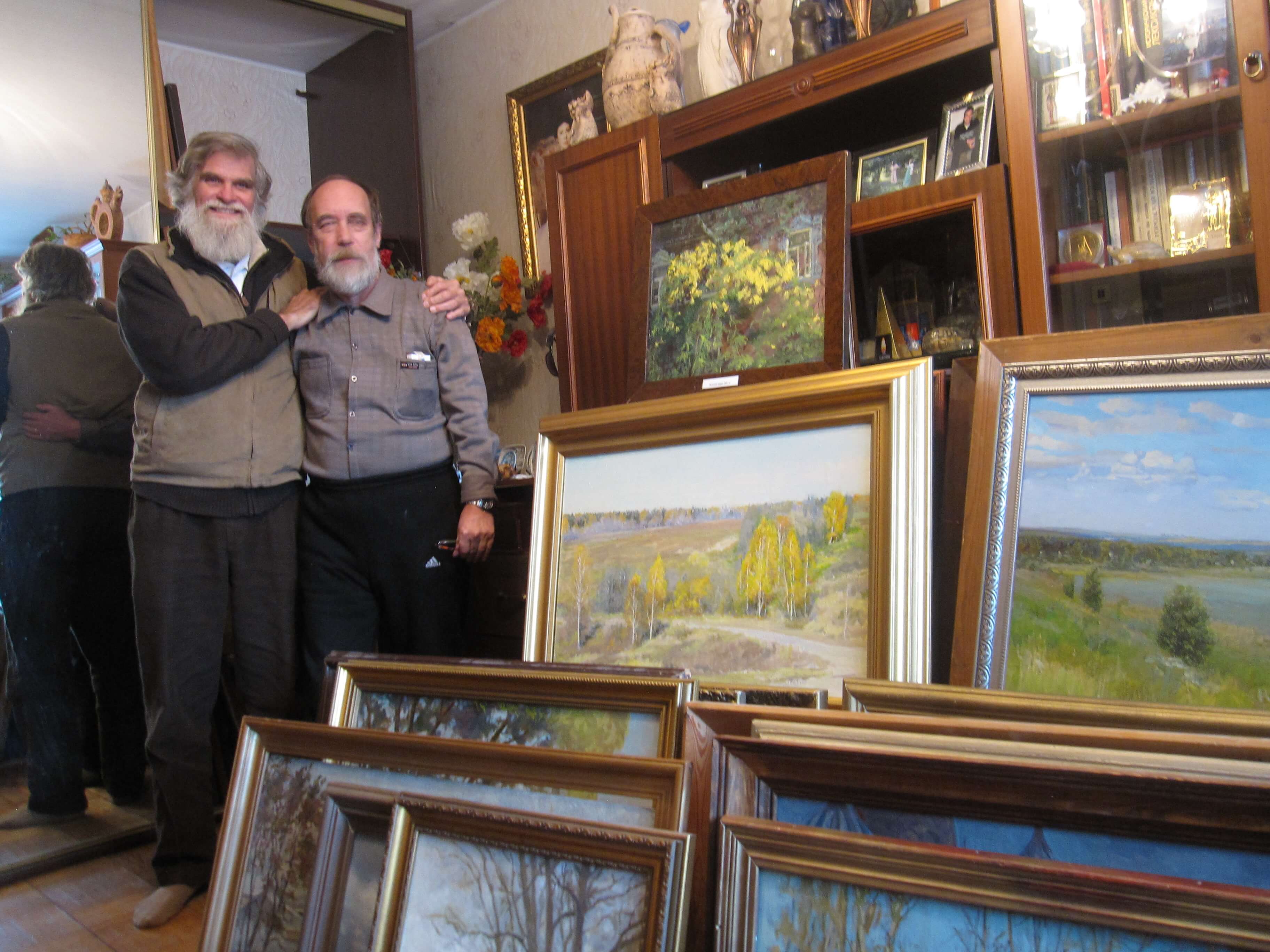 John with Kozlov
John with Kozlov
Their son’s determination to study where these traditions were still taught sparked their own journey into the heart of the Russian art world, ultimately leading to the creation of Lazare Gallery. Unlike many contemporary galleries that focus on abstract or conceptual art, Lazare Gallery's mission became to champion artists who continue the lineage of Rembrandt and the French Impressionists, making their collection a rare bridge to a 'lost' artistic world.
Pivoting from Decorative Design to Fine Art
Before entering the world of fine art, John and Kathy Wurdeman ran Old World Prints, a successful decorative art company that supplied major retailers like Crate & Barrel and hotel chains. This background gave them a solid understanding of art basics and design.
Kathy, with a background in sales, marketing, and design, had a keen ability to recognize trends and create exceptional products that appealed to buyers months in advance. Yet, the world of fine art presented an entirely new challenge. Moving from reproducible prints to one-of-a-kind, museum-quality masterpieces required them to navigate a different set of rules, values, and relationships. Their existing business acumen was invaluable, but they had to learn an entirely new way of thinking about art, its acquisition, and its intrinsic worth.
Discovering a Hidden Demand for Russian Realism
The Wurdemans' pivotal moment came when they decided to take part in a trade show in New York to showcase the work of their son's Russian professors and friends. They were stunned by the result. Their booth was completely overwhelmed by American art professors and seasoned gallery owners, all of whom were absolutely stunned that there still existed a school teaching the techniques of the Old Masters.
The sales impressed both John and Kathy. “It was remarkable,” John said. “But it was the reverence that these very knowledgeable buyers held that really opened our eyes.” They realized they had a unique opportunity to tap their new artistic friends to help acquire beautiful works and showcase the enduring significance of the Russian realist tradition—and kind of restore that tradition to the West.
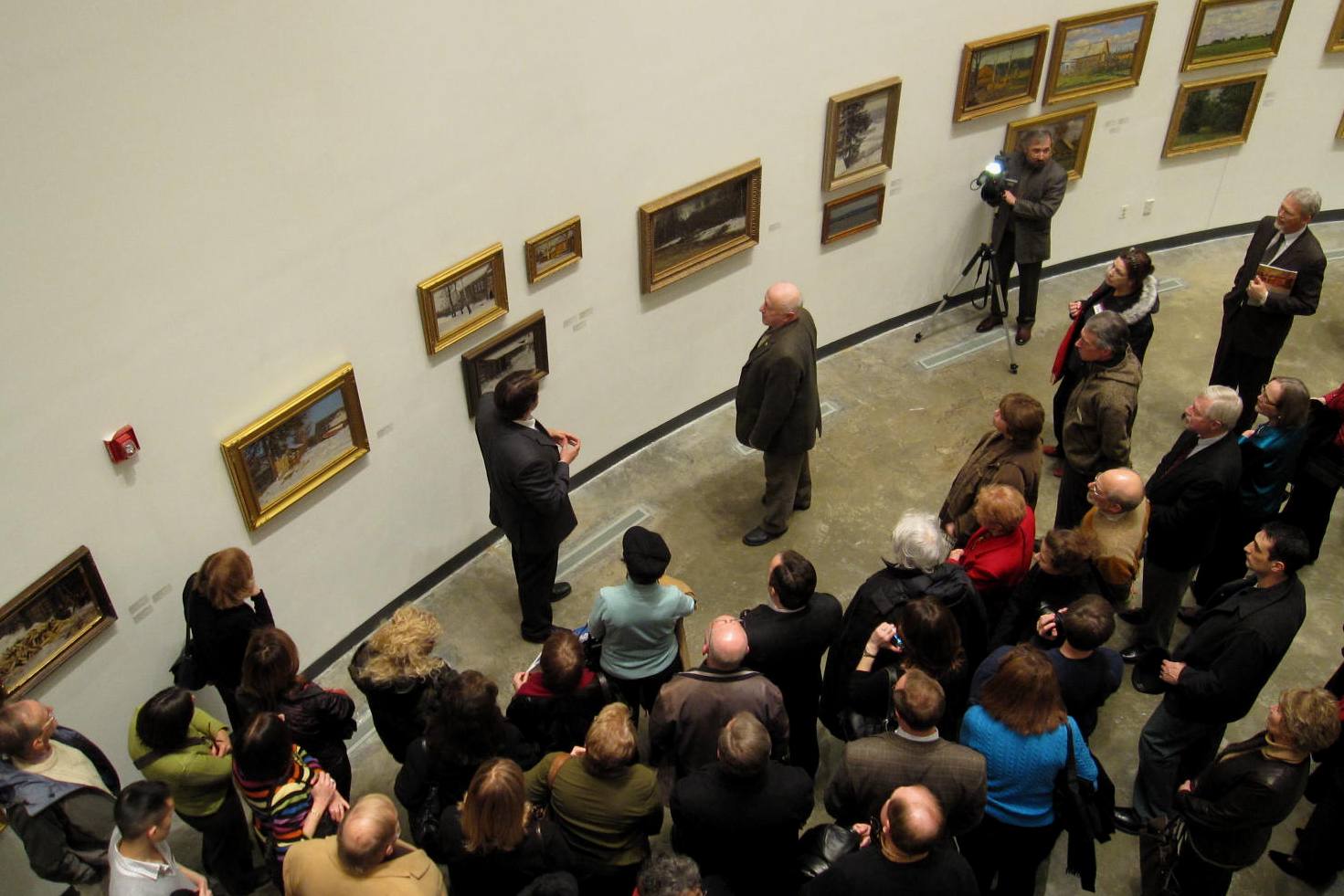 The Kugach exhibition at the Katzen Museum
The Kugach exhibition at the Katzen Museum
Shortly after the exhibition, John and Kathy made a decision of a lifetime. They sold the print business in 2001 and opened Lazare Gallery in Richmond, Virginia, embarking on a new quest to bring museum-quality works to a new audience.
The Wild World of Russian Art Acquisition
Opening a gallery was one thing; filling it with masterpieces from Russia was another. This led them down a path of intense travel and acquisition—a pursuit that was far more complex than simple purchasing. And one that made them feel like they were in some kind of cloak and dagger plot so that they could build their collection.
It was an adventure, to say the least. Operating in post-Soviet Russia required navigating a maze of official (and unofficial) bureaucracy, unpredictable human dynamics, and a lot of patience and drive. It would have been easy to give up at any time, but they were on a mission and had, at that point, already invested too much to turn back.
Their quest often took them down Kafka-esque paths, unique to late 90s and early 2000s Russia, and far beyond anything from 1800s Prague.
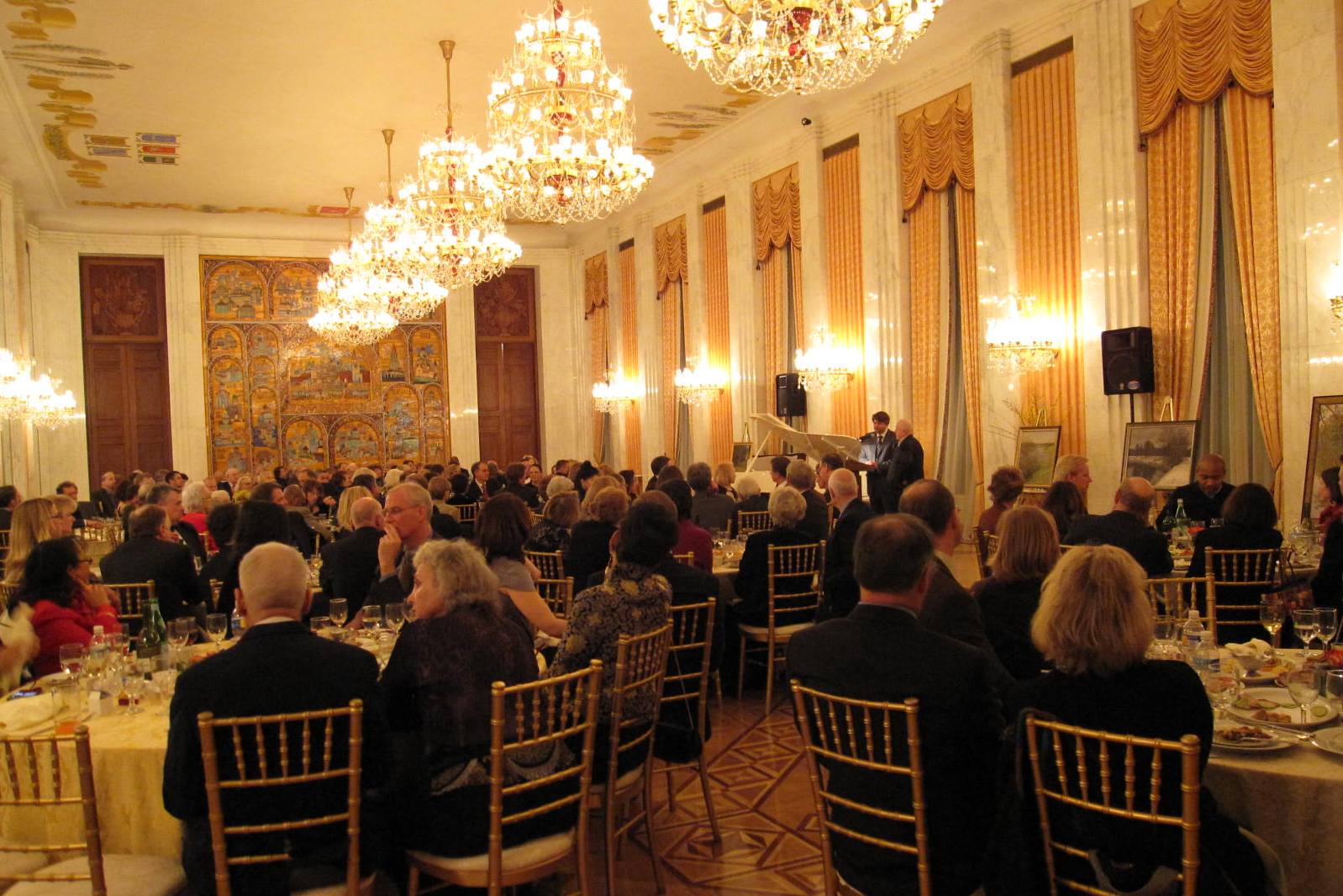 The Kugach Exhibition at the Russian Embassy to the USA
The Kugach Exhibition at the Russian Embassy to the USA
For example, the formal process to export art involved submitting extensive documentation to the Ministry of Culture and then waiting a mandatory 90 days. On one occasion, after paying the fees and waiting three months, the Wurdemans returned to find the office had simply vanished. A new department had taken over in a different building, their application was lost, and the entire process had to be started from scratch.
Navigating a World of Intrigue
The sheer volume of their acquisitions was somewhat unprecedented. They were buying from the greatest living artists of the time and their families, often being the only gallery owners to meet with them. “Sometimes all at one time, we’d take out of the county hundreds of paintings,” John recalls.
The scale of their endeavor was so immense, in fact, that they landed on the radar of the authorities, both Russian and American alike. After their many trips to Moscow, they had brought into their gallery over 4,000 paintings. “So many,” John said, “that the CIA thought we were up to a secret plot.”
It was later confirmed by the Russian Ministry of Culture itself that Lazare Gallery had taken more paintings out of Russia than any other gallery in the world since 2000, and that these were consistently high quality pieces. But at the time Russia was eager to exhibit their cultural gems across the world and show that they were part of European heritage. Which was true: the Surikov Institute is directly linked to the Old Masters, and they carry on that tradition with the utmost fidelity.
Clandestine art
Beyond official channels, the art world operated on a network of personal connections, where business was often conducted under… unusual circumstances. John recounts one particular incident that speaks to the surreal nature of their quest:
“One time, I arrived at the airport and as soon as I got to the lobby I bought a local sim card at a stand in the lobby,” he said. “As soon as I plugged it in, the phone rang! I hadn’t even had the chance to give the number to Kathy even. The phone call was from a high official in the Ministry of Culture, and they gave me a kind of cryptic summons: ‘Let’s meet at 11:00 tonight.’”
The meetup spot was at a remote private apartment. It was on the 12th story of a building with no lift and more unnervingly, no lights in the stairwell. As they made that long climb in the dark, John wondered why they had been summoned so late and to such a strange location.
When he finally arrived, he was greeted by a Ministry of Culture official he had recently worked with. The reason for the shadowy meeting was surprisingly straightforward: the prestigious Pushkin Museum wanted Lazare Gallery to arrange an exhibition. This moment perfectly illustrates the strange mix of high-level art curation and cloak-and-dagger intrigue that defined their work.
Building Trust: The Real Currency of the Art World
Experiences like navigating bureaucracy and attending secret meetings were a necessary part of the process for the Wurdemans. They were not merely transactions; they were the building of trust and relationships in a country that held its artistic heritage close. And these aspects were absolutely required to build a truly noteworthy collection.
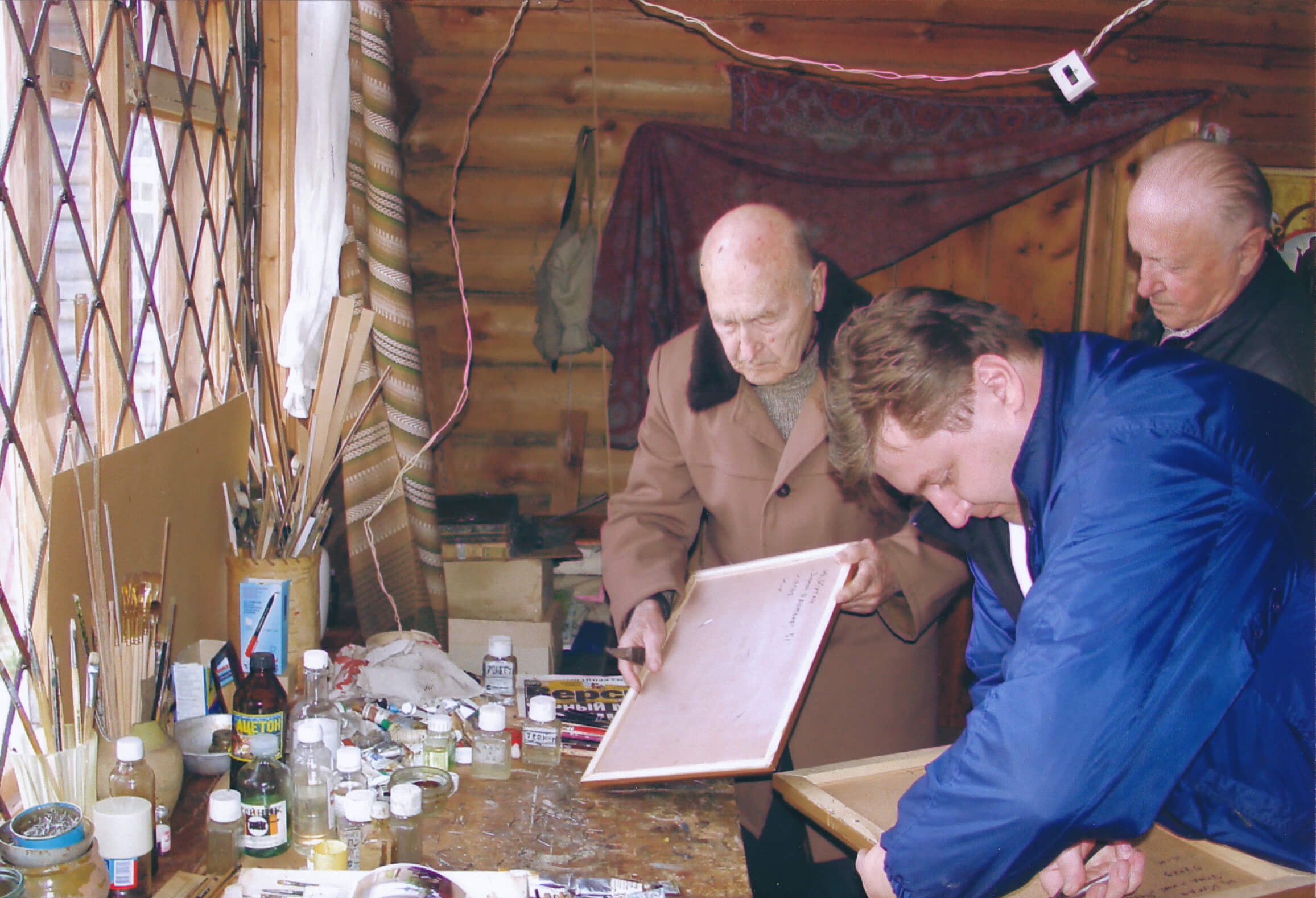 The Kugach family at work
The Kugach family at work
This dedication to overcoming any obstacle to find the very best art became the cornerstone of Lazare Gallery. The strong personal connections they built were absolutely required to assemble a truly noteworthy collection. This commitment to the artists and their heritage is a story we will continue to share through this blog series, where we will explore the lives of artists like Vyacheslav Zabelin and Ilya Yatsenko, who they’ve worked with, and offer advice for new and seasoned collectors alike.
Frequently Asked Questions About Lazare Gallery's Origins
What is the Surikov Art Institute?
Officially the V.I. Surikov Moscow State Academy Art Institute, it is one of Russia's leading art schools, renowned for preserving and teaching the classical, realist, and impressionist traditions of the European Old Masters.
Why was Russian Realism "lost" to the West?
During much of the 20th century, the Cold War created a cultural divide that limited the exposure of Soviet-era artists in the West. At the same time, Western art education shifted its focus heavily towards abstract and conceptual art, leaving a gap in traditional skills.
What defines Russian Realist art?
This tradition emphasizes strong technical skill, narrative depth, and psychological insight. The artists are masters of composition, color, and light, often using their work to tell stories or capture the human condition with profound emotion.

